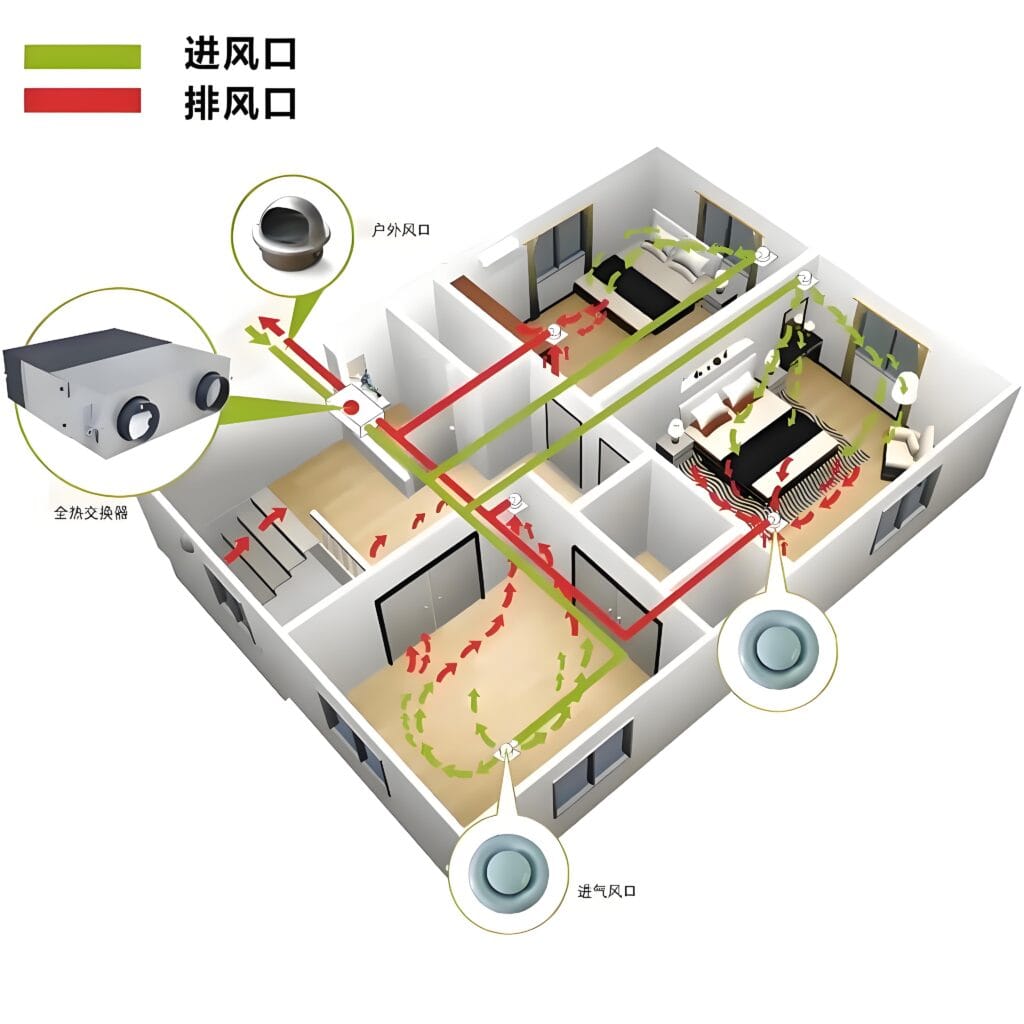In today’s fast-paced world, the quality of indoor air has become a significant concern for homeowners and businesses alike. With the increasing amount of time spent indoors, the importance of maintaining a healthy indoor environment cannot be overstated. This is where fresh air systems, also known as ventilation systems, come into play. These systems are designed to ensure a continuous supply of fresh air while expelling stale, polluted air from indoor spaces. The significance of fresh air systems in modern living is multifaceted, encompassing health benefits, energy efficiency, and overall comfort.

Health Benefits
One of the primary reasons for the growing importance of fresh air systems is their impact on health. Indoor air can be up to five times more polluted than outdoor air, according to the Environmental Protection Agency (EPA). This is due to a variety of factors, including the accumulation of volatile organic compounds (VOCs) from household products, carbon dioxide from human respiration, and allergens such as dust mites and pet dander. Prolonged exposure to poor indoor air quality can lead to a range of health issues, including respiratory problems, allergies, and even more severe conditions like asthma.
Fresh air systems help mitigate these risks by continuously replacing stale indoor air with fresh outdoor air. This not only dilutes the concentration of pollutants but also helps maintain optimal levels of oxygen, which is crucial for cognitive function and overall well-being. Moreover, advanced filtration systems integrated into these ventilation systems can remove particulate matter, bacteria, and viruses, further enhancing indoor air quality.
Energy Efficiency
Another critical aspect of fresh air systems is their contribution to energy efficiency. Traditional methods of ventilation, such as opening windows, can lead to significant energy losses, especially in extreme weather conditions. In contrast, modern fresh air systems are designed to recover heat from the outgoing stale air and transfer it to the incoming fresh air. This process, known as heat recovery ventilation (HRV) or energy recovery ventilation (ERV), ensures that the indoor temperature remains stable while minimizing energy consumption.
By reducing the need for heating and cooling, fresh air systems can lead to substantial energy savings over time. This is particularly important in the context of rising energy costs and the global push towards sustainability. Additionally, these systems often come with smart controls that allow users to adjust ventilation rates based on occupancy and air quality,